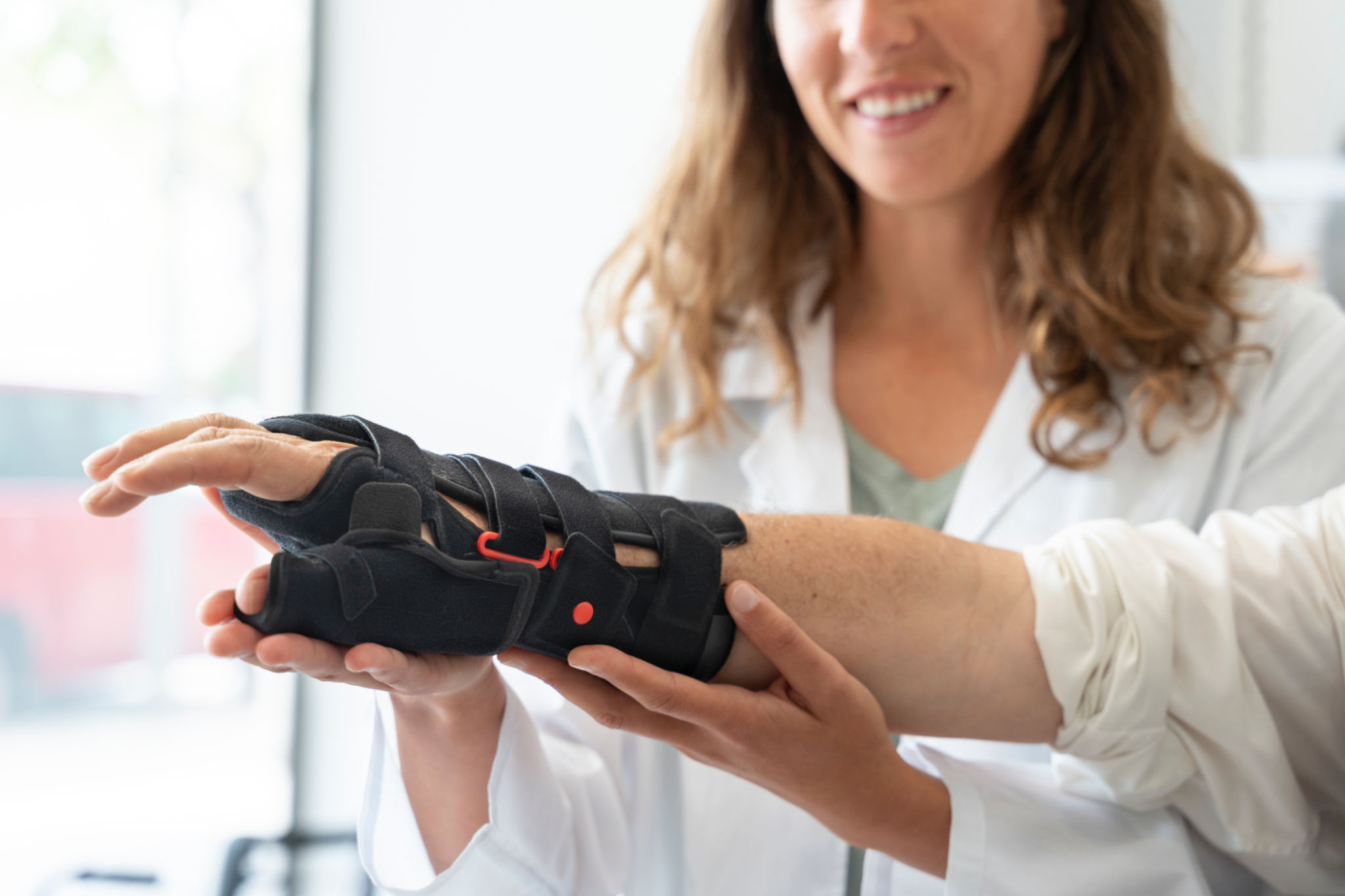Case Study: How Feedback from Surveys Transformed an Orthopaedic Product
Understanding the Initial Challenges
The orthopaedic product industry is characterized by a high demand for precision and functionality. When the development team at an orthopaedic company noticed that their latest product was not meeting market expectations, they decided to delve deeper into understanding the root causes. Initial feedback indicated that users were facing difficulty in using the product effectively, which led to the initiation of a comprehensive survey strategy.

Implementing Feedback Surveys
The company launched a series of feedback surveys targeting both healthcare professionals and patients who had used the orthopaedic product. These surveys were designed to capture detailed insights into user experience, functionality issues, and any additional features that users felt were missing. The goal was to gather actionable data that could inform product improvements.
Survey questions were structured to cover a range of topics, including ease of use, comfort levels, durability, and any encountered problems. By analyzing responses, the product development team aimed to identify common pain points and areas for enhancement.
Analyzing the Survey Results
Once the surveys were completed, the responses were meticulously analyzed. It was found that a significant number of users had trouble with the product’s adjustment mechanisms, which led to discomfort during prolonged use. Additionally, healthcare professionals highlighted concerns about the product’s size range, which was not inclusive enough for all patients.

The data also revealed that users appreciated certain aspects of the product, such as its lightweight design and durable materials. These positive insights were crucial in refining the product’s strengths while addressing its weaknesses.
Implementing Design Changes
Armed with specific feedback, the design team set to work on improving the orthopaedic product. Adjustments were made to the mechanism to enhance ease of use and comfort. Additionally, the size range was expanded to cater to a broader demographic, ensuring better inclusivity and fit for various body types.
These modifications were not only based on user feedback but also involved testing with prototype models. The iterative process ensured that each change effectively addressed the issues identified in the surveys.

Testing and Re-launching
Before re-launching the improved product, a beta testing phase was conducted with a select group of users. This phase allowed for real-world testing and additional feedback to ensure all adjustments met user expectations. The positive feedback from this phase confirmed that the changes significantly enhanced user satisfaction.
The re-launched orthopaedic product featured enhanced usability, broader size options, and maintained its original strengths. The marketing campaign highlighted these improvements, emphasizing how user feedback shaped the new design.
Results and Impact
The transformation driven by survey feedback resulted in a marked improvement in sales and customer satisfaction. Healthcare providers reported higher patient compliance due to the improved comfort and fit. The company not only regained its market position but also established itself as a customer-centric brand committed to continuous improvement.

This case study underscores the importance of listening to customer feedback through surveys. By systematically addressing user concerns and iterating on designs, companies can develop products that truly meet users' needs and enhance their overall experience.
